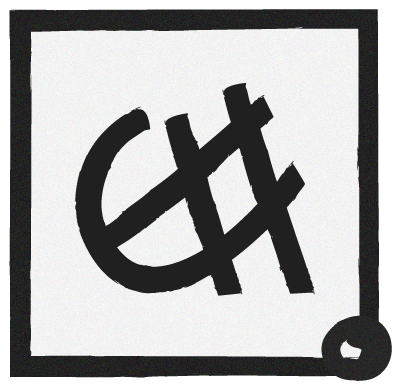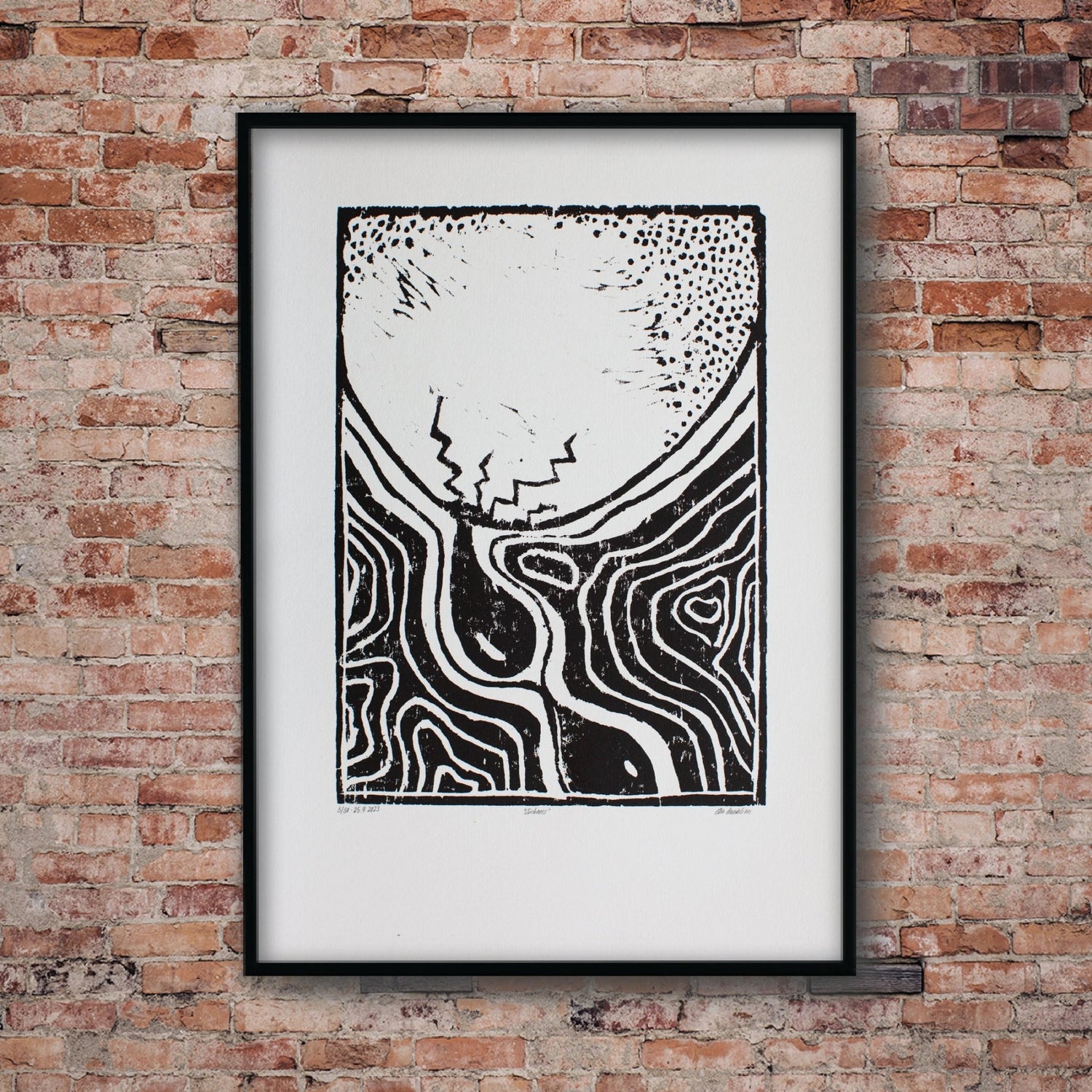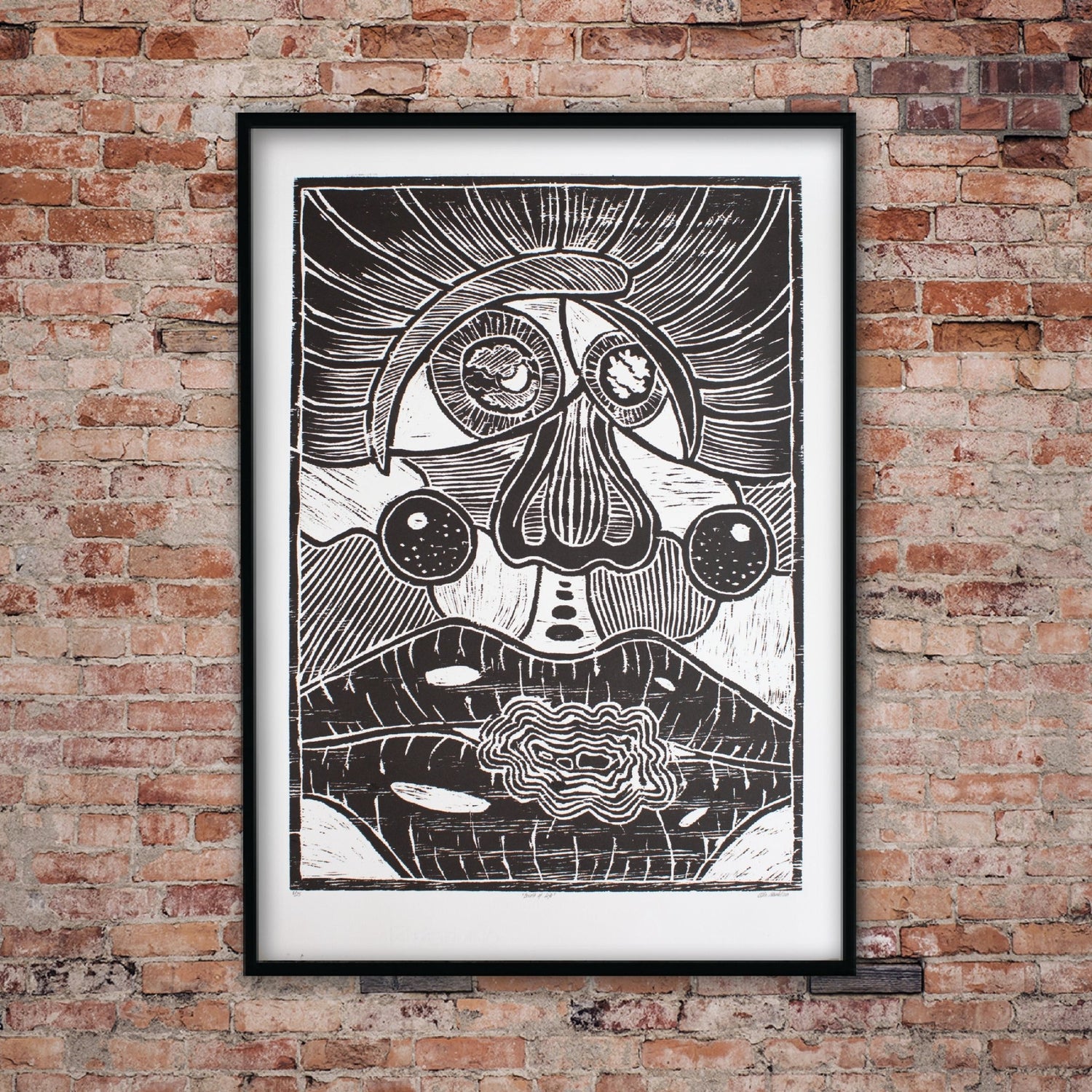What would you answer? What is most important for you, if you are an artist or a creative? Your answer might be both or one of the two, depending on the purpose of why you are making art or a specific design or a product.
Having many years of experience with production design for photos and videos and design for products and display design, the process of making a product, has always stood out to me as crucial to get to the desired product or artwork. This impression was based on many different factors, like the cooperation with the team, to create a unified product within a limited timeframe and budget, working under the direction of directors and stakeholders that require a product which meets the brief given and fits the outlined parameters.
Usually, one of the basic steps in the process, when receiving a brief for a project, would be to discover what the purpose of the product or design would be. What would the target audience be? What story should be told? Would there be a specific theme for the product or the video? Then the process would unfold, working with stakeholders and team members in clarifying the brief and brainstorming different ideas and solutions to reach the goal and the purpose. When the initial parameters of these basics were clarified and defined, the next part of the project could take place. Then I already would know which designs or artworks that would be needed or I would create different suggested designs and color themes for review.
Usually, this process would be very visual to make sure that all team members or those working on the project would be on the same page, ensuring a cohesive design and look of the video or display designs. Even though the process would be slightly different each time, the process would play a crucial role for the development of the project and delivering the product within the deadline.

At the end, when the final product was approved by the directors and stakeholders, the result of the process could usually be seen in the product or design. How unified was the design, how clear and well told was the story and how well did the product meet the brief and how well did the team work together on the project? The product was usually the visual proof of the process taking place and also a quality marker of the process that had taken place.
During these design processes and developments, my design choices and techniques would be mainly based on the brief and the parameters outlined. I would put myself in others shoes to try to imagine how to make a design to reach the target audience, how to create a certain look to fulfill the purpose of the design. I enjoyed this purposeful and meaningful process a lot, while I often dived into trying new techniques, new color themes and medias, according to what was expected and also according to what would fit the brief. To achieve the process successfully, it implied following certain universal and set standards and acknowledges techniques when it came to media, colors and designs. It was important not to be sidetracked by personal preferences and emotions was set aside to focus on achieving the goal, without being sidetracked of personal emotions and preferences, that sometimes could take the design onto a different route than the brief.
Why do I make art now? Do I make art for the viewer to sell a product, or do I make art to express myself or to tell a story or to express a certain concept or philosophy? And depending on my answer to those questions, what would my process be to fill that purpose? Finding great interest in exploring different processes while creating art, I have during the last year focused on a process path quite different to what I used to. Exploring the intuitive art process, where the process being a goal in itself, rather than the product being the goal or how pleasing the product is to the viewer.
What is intuitive art? Some describe it as expressing one’s unconscious thoughts and feelings on a canvas or a piece of paper. A process, where in its purest form, there is no thought of the final outcome of the artwork and how it will look. Rather the reflective and mindful practice of expressing someone’s thoughts and feelings through shapes, lines and colors, is the goal in itself. This process allows for the artist to free oneself of expectations and pressure to a specific outcome or a certain technical excellency of the artwork, but rather let the art be an expression of the mind and emotions of the unconscious mind. This process might also be used for therapeutical purposes as it can help to re-focus one’s mind and express unconscious emotions as well as stimulate creativity. While working with children and youngsters struggling with traumas and emotional challenges, I firsthand saw the benefits of this art process. Intuitive art also serves as a great tool to discover one’s personal style, without trying to copy the works of anyone else.

That said, my art process can’t be defined as purely intuitive, but rather a mix of intuitive and planned choices and processes during the art process. Interestingly, I have developed a process style where many of my concepts starts intuitively. Without any specific thoughts in mind, I start to draw lines and shapes that either become patterns or recognized shapes. Many times, this intuitive initial process, results in several sketches and often these sketches end up being the basis for an art series. During a reflective process, I observe them and try to read them, until I see the story appearing in the drawings. Surprisingly, the story, usually unfold itself clearly, reflecting topics that interests me and that is on my mind. My aim is to share my story in the most genuine way, to represent and portray my unique style as an artist. To do that, I have chosen to develop my sketches in an organic way that works with my unconscious way of expressing my stories. In the same way I try to select media that naturally fits in to tell the story.
Initially I had never thought of selling or exhibiting my personal art, actually some years back I would have been terrified by the thought of it. When others started to show interest in my art, I slowly started to change my mind. Using the intuitive art process was part of the reason for my change of mind. What is more important, the art process or the final artwork? Even though my own process has changed a lot during the last year, I still feel the same about it. But is it more important than the result? What would you say?








